For designer and craftsman Kodai Iwamoto 'good design should be able to speak for itself'
In a rapidly changing world, the route designers take to discover their calling is increasingly circuitous. Here we speak to Kodai Iwamoto about the interconnectedness of design, communication and culture
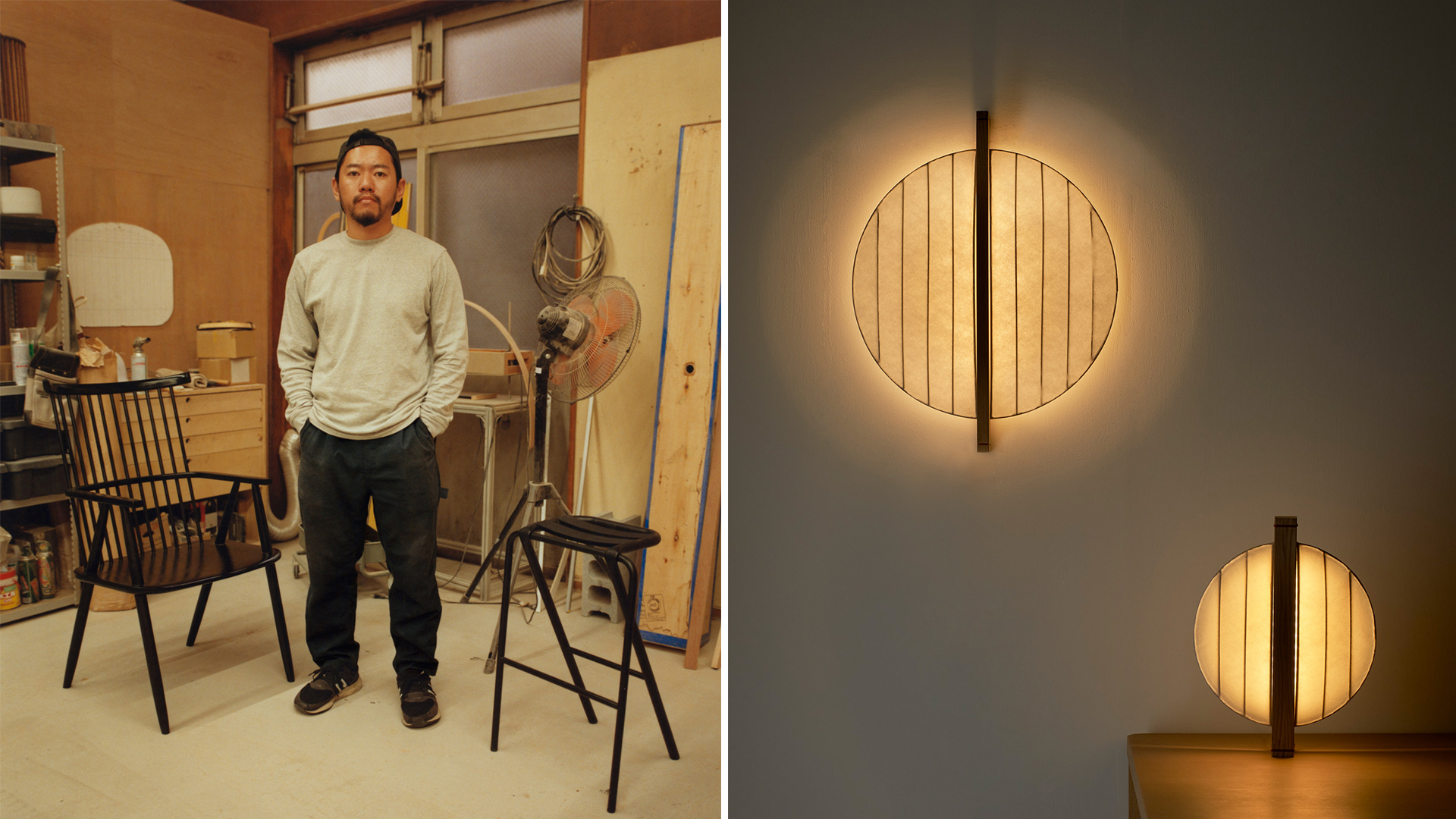
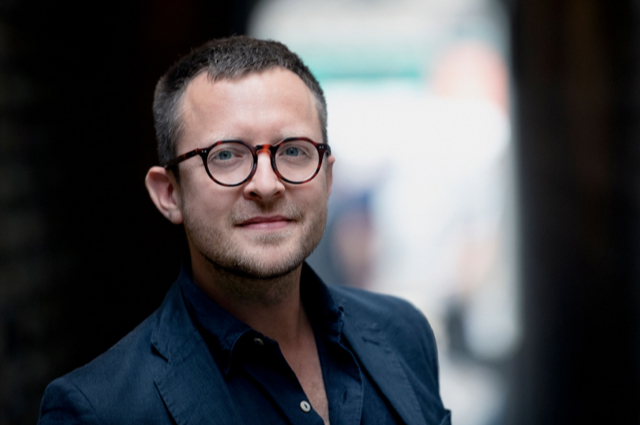
For Wallpaper’s 2025 Next Generation issue, we have rounded-up a hotlist of emerging design talent from around the world, shining a light on the newcomers paving the present and forging the future.
Join us on our journey to meet ten emerging designers from Adelaide, Tokyo, London, Lagos, Guatemala City, Mexico City, Loch Lomond, New York and Paris. Welcome to our ascending stars of 2025.
Emerging designer Kodai Iwamoto, Tokyo

Kodai Iwamoto at his maker space in Tokyo, with his 'Possum' chair and 'Bent' stool
Iwamoto originally hails from the city of Kagoshima. He studied product design at Kobe University, before moving to Lausanne to do his MA in product design at ECAL. His work blends the design sensibility of his formal education with the hands-on skills of a craftsman and the restless curiosity of an artist. He exhibited at Salone Satellite in 2024.
Wallpaper*: How did you settle on design as your calling?
KI: At Kobe University, I was fortunate to be selected for a programme called ‘Design Soil’. Each year, around 15 students and four teachers would form an innovation laboratory to question and imagine new approaches to furniture and objects. We would travel to the fairs in Europe, and it was through this that I learned about ECAL. To me, it was the best school in the world.
W*: How do you describe your work?
KI: First and foremost, I am a product designer, but I manufacture the product myself, too. My skills are in both, so maybe I am part way between designer and craftsman. I find it necessary to understand the materials I work with, which are mostly woods and metals. Through wood carving and metal bending, I learn about new possibilities and techniques.
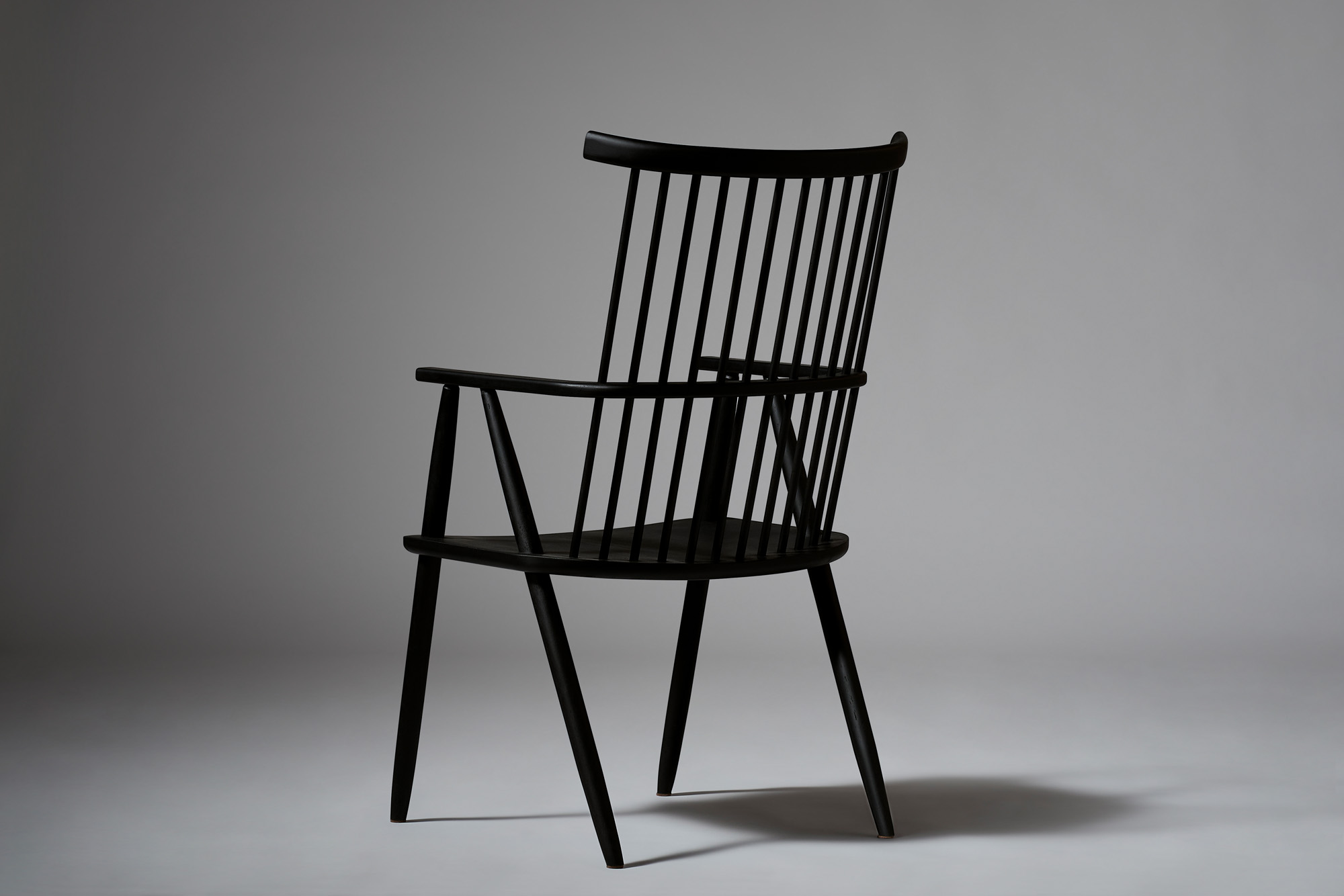
Possum, dining chair by Kodai Iwamoto
W*: What motivates your work?
KI: Evolution, learning and growth are important. When I look at the pieces I make, I see my own development in them. Learning is part of being a good designer.
W*: What has been a career highlight?
KI: When I showed my ‘Possum’ chair at Salone Satellite in April, to some people it was a very old-fashioned chair that was not interesting. To others, it was an interesting take on a traditional window chair. People with different cultural contexts bring their own responses, and I love hearing a variety of impressions.
Wallpaper* Newsletter
Receive our daily digest of inspiration, escapism and design stories from around the world direct to your inbox.
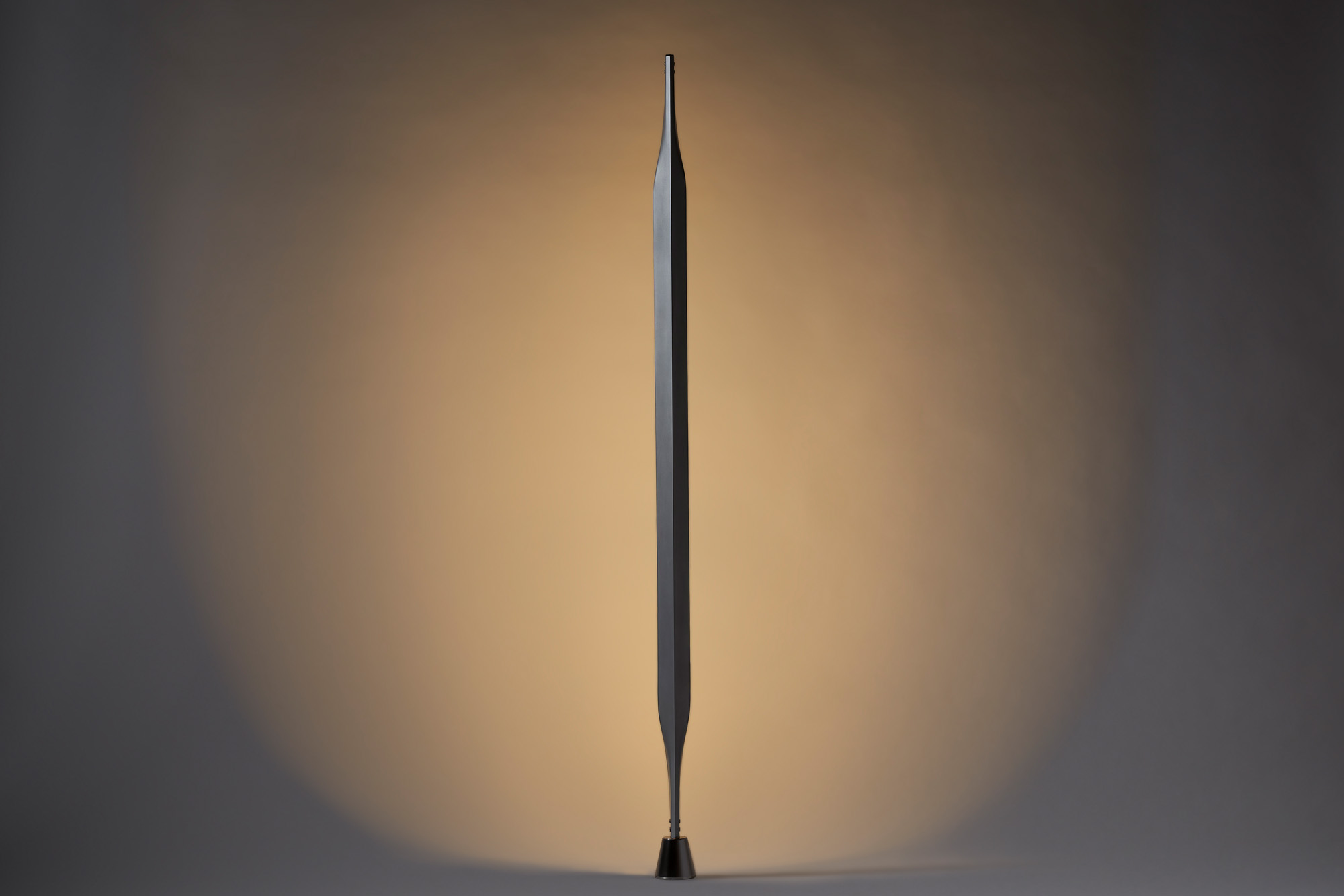
Arrow, stand lamp by Kodai Iwamoto
W*: Who would be a dream client?
KI: Anyone who enjoys the relationship of working with a designer, and doesn’t see it only as a service. I like to work with clients who understand my ideas and appreciate my philosophy.
W*: What do you believe is the power of design?
KI: When I was studying in Switzerland, my English was not very good. If I showed a prototype, I could tell instantly if it appealed to the audience. Obviously, communication is important, but good design should be able to speak for itself.
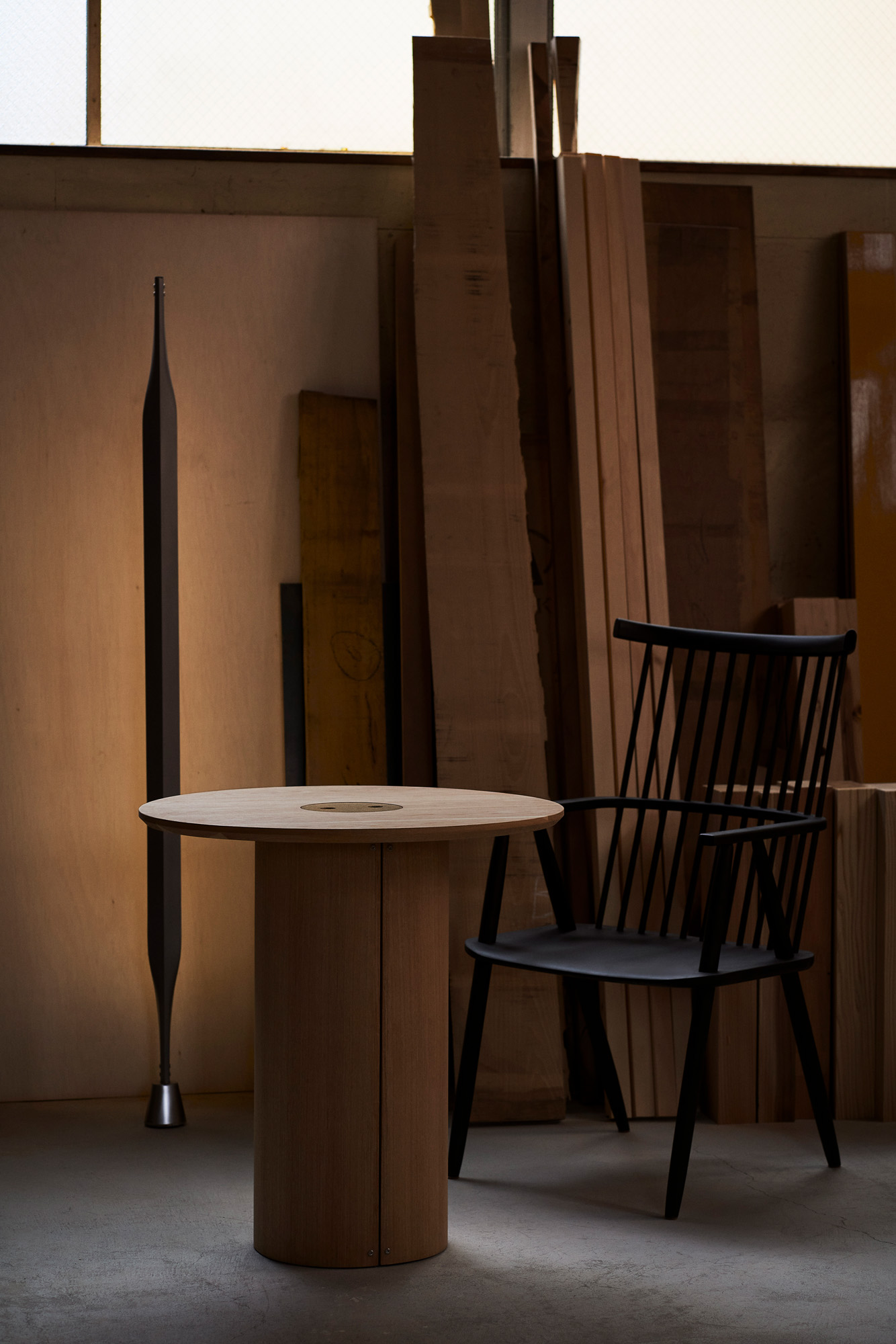
Salone Satellite 2024
Kodai Iwamoto, photographed by Den Niwa, at his maker space in Tokyo, with his ‘Possum’ chair and ‘Bent’ stool
Photography: Tomohiko Ogihara
@kodaiiwamoto

Hugo is a design critic, curator and the co-founder of Bard, a gallery in Edinburgh dedicated to Scottish design and craft. A long-serving member of the Wallpaper* family, he has also been the design editor at Monocle and the brand director at Studioilse, Ilse Crawford's multi-faceted design studio. Today, Hugo wields his pen and opinions for a broad swathe of publications and panels. He has twice curated both the Object section of MIART (the Milan Contemporary Art Fair) and the Harewood House Biennial. He consults as a strategist and writer for clients ranging from Airbnb to Vitra, Ikea to Instagram, Erdem to The Goldsmith's Company. Hugo has this year returned to the Wallpaper* fold to cover the parental leave of Rosa Bertoli as Global Design Director.
-
 All-In is the Paris-based label making full-force fashion for main character dressing
All-In is the Paris-based label making full-force fashion for main character dressingPart of our monthly Uprising series, Wallpaper* meets Benjamin Barron and Bror August Vestbø of All-In, the LVMH Prize-nominated label which bases its collections on a riotous cast of characters – real and imagined
By Orla Brennan
-
 Maserati joins forces with Giorgetti for a turbo-charged relationship
Maserati joins forces with Giorgetti for a turbo-charged relationshipAnnouncing their marriage during Milan Design Week, the brands unveiled a collection, a car and a long term commitment
By Hugo Macdonald
-
 Through an innovative new training program, Poltrona Frau aims to safeguard Italian craft
Through an innovative new training program, Poltrona Frau aims to safeguard Italian craftThe heritage furniture manufacturer is training a new generation of leather artisans
By Cristina Kiran Piotti